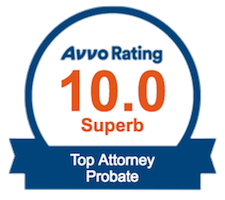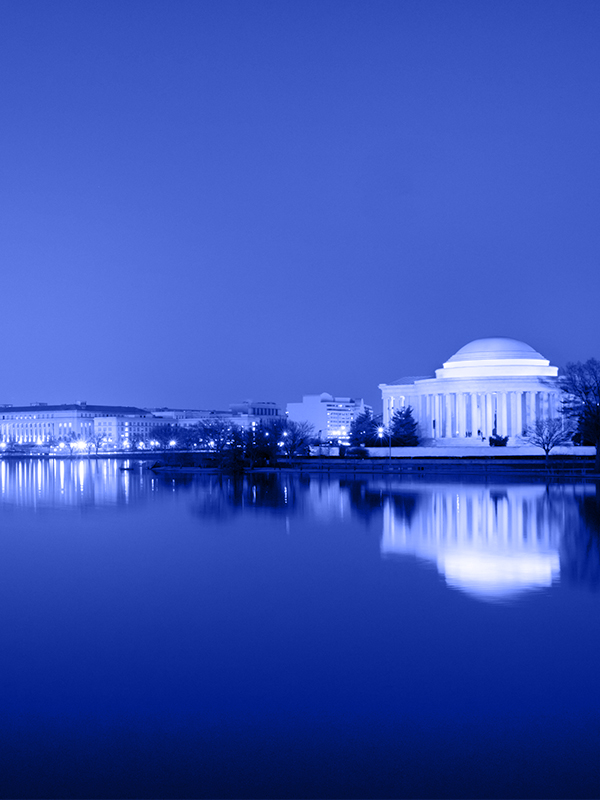Navigating Traffic Accident Concerns – A Helpful FAQ Guide
When the unexpected happens and a traffic accident disrupts your life, you are often left with numerous questions about the next steps and your legal rights. At Goldberg & Goldberg, we understand how overwhelming this can be, which is why we’ve put together this comprehensive FAQ to guide you through the process. As always, we’re here to offer you a Free Consultation, so please don’t hesitate to reach out to us at (301) 654-5757 for more personalized guidance.
What Steps Should I Take After a Traffic Accident?
Being involved in a traffic accident is stressful. However, your actions immediately following the incident can be critical. Here’s a brief guide on how to safeguard your rights and optimize the potential outcome of your insurance claim or legal case:
- Document everything thoroughly. As soon as you’re able, write down every detail about the accident and what led up to it, including environmental conditions, time of day, and any statements made by others at the scene. Your notes could be crucial in piecing together the event and establishing fault.
- Record your injuries’ impact. It’s essential to note how your injuries affect your daily life, including pain, discomfort, and sleep disturbances, as these factors can influence the level of compensation you’re eligible for.
- Comply with state laws. Some states mandate a written report to be sent to the department of motor vehicles following an accident. Confirm the requirements with your insurance agent or check locally to ensure you adhere to deadlines.
- Be cautious in your reporting. If you’re required to describe the accident or list your injuries, be concise yet thorough. Avoid admitting fault and list all injuries, no matter how insignificant they may seem. Inconsistencies or omissions might be problematic later when dealing with insurance companies.
How Is Fault Determined in Traffic Accidents?
At the heart of every traffic accident case is the question of fault. Typically, determining liability involves identifying which party acted carelessly or in violation of traffic laws. State vehicle codes outline these laws and apply to all road users, including drivers, cyclists, and pedestrians.
An obvious breach of a traffic law, such as running a stop sign, can clearly indicate fault. However, in some incidents, the breach might not be as apparent, requiring a more nuanced examination of the events that led to the collision.
Am I Liable if My Car Gets Rear-Ended?
In the majority of cases, the driver who rear-ends another vehicle is at fault since a key driving rule is the ability to halt safely behind the car in front. Damage to the vehicles usually supports this finding. However, in chain-reaction crashes involving multiple vehicles, the fault may lie with a driver who strikes the car directly behind you, causing it to collide with your vehicle.
Does a Left-Turning Car Always Bear Fault in an Accident?
While a left-turning vehicle is often found at fault when colliding with oncoming traffic, there are exceptions. Factors that might shift responsibility include the oncoming car exceeding the speed limit, ignoring a red light, or the left-turning car encountering an unforeseen impediment that caused them to slow or stop. Despite these exceptions, the left-turning driver must ensure it is safe to complete their turn before proceeding.
Remember, each traffic accident is unique, and establishing liability often requires a detailed analysis of the circumstances. For legal advice tailored to your specific situation, contact Goldberg & Goldberg at (301) 654-5757. Our experienced team is ready to offer you the support you need during your Free Consultation.




